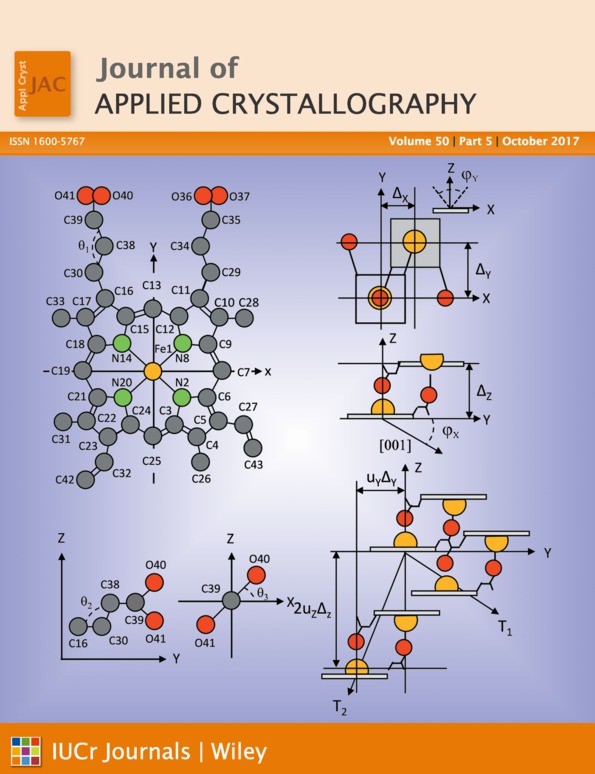Expected values and variances of Bragg peak intensities measured in a nanocrystalline powder diffraction experiment
Abstract
A rigorous study of sampling and intensity statistics applicable for a powder diffraction experiment as a function of crystallite size is presented. This analysis yields approximate equations for the expected value, variance and standard deviations for both the number of diffracting grains and the corresponding diffracted intensity for a given Bragg peak. The classical formalism published in 1948 by Alexander, Klug & Kummer [J. Appl. Phys. (1948), 19, 742–753] appears as a special case, limited to large crystallite sizes, in the present analysis. It is observed that both the Lorentz probability expression and the statistics equations used in the classical formalism are inapplicable for nanocrystalline powder samples.




